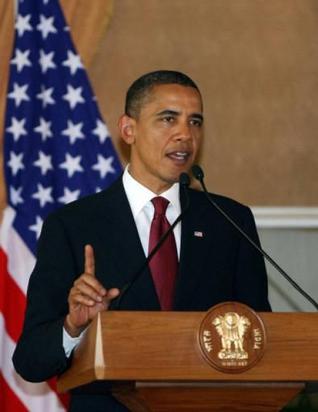June 20, 2017
The China-Pakistan Economic Corridor (CPEC) will be connected to a corridor that involves India, Bangladesh and Myanmar through the sea, Beijing announced on Tuesday in its continuing efforts to bring Asia and Europe under President Xi Jinping’s multi-million dollar Belt and Road Initiative (BRI).

June 20, 2017
The China-Pakistan Economic Corridor (CPEC) will be connected to a corridor that involves India, Bangladesh and Myanmar through the sea, Beijing announced on Tuesday in its continuing efforts to bring Asia and Europe under President Xi Jinping’s multi-million dollar Belt and Road Initiative (BRI).

Part of the plan is to link the South China Sea to the Indian Ocean, according to the “Vision for Maritime Cooperation under the Belt and Road Initiative”.
“Ocean cooperation will focus on building the China-Indian Ocean-Africa- Mediterranean Sea Blue Economic Passage, by linking the China-Indochina Peninsula Economic Corridor, running westward from the South China Sea to the Indian Ocean, and connecting the China-Pakistan Economic Corridor (CPEC) and the Bangladesh-China-India-Myanmar Economic Corridor (BCIM-EC),” said the document released by official Xinhua news agency.
New Delhi has repeatedly objected to the CPEC because of “sovereignty issues” as it passes through Pakistan-occupied Kashmir (PoK). This was the primary reason why it boycotted the high-profile Belt and Road Forum held in Beijing last month.
Though India is part of BCIM-EC, progress on developing that corridor has been slow, partly because of New Delhi’s security concerns.
The document did not share details on how the land corridors, such as CPEC and BCIM-EC, will be linked to the ocean but it was a clear indication of China’s long-term plan.
The idea, the document said, is to synchronise development plans and promote joint actions by countries along the Maritime Silk Road, setting up the “all-dimensional, multi-tiered and broad-scoped Blue Partnership”.
The document was released by China’s top planning body, the National Development and Reform Commission (NDRC), and the State Oceanic Administration.
In 2013, Xi talked building the Silk Road Economic Belt and the 21st Century Maritime Silk Road, comprising innumerable infrastructure projects such as ports, railway networks and roads in several countries.
Four years on, China seems to be fleshing out details of the BRI while going ahead with projects in India’s neighborhood, which New Delhi has serious concerns about.
The announcement of the plan came a day after Pakistan announced that China had offered to include a dam project on the Indus river, which India objects to, a part of the CPEC. The Diamer-Bhasha dam is in the Gilgit-Baltistan region, part of the erstwhile state of Jammu and Kashmir.
New Delhi is likely to be uneasy with the BCIM-EC being unilaterally included within the expanding scope of the BRI. China, it seems, isn’t overtly bothered about India’s concerns.
The section of the NDRC document titled “China in Action” lists the projects being implemented. It includes the flagship Gwadar port in Pakistan and two big projects in Sri Lanka.
“Progress has been achieved in implementing a series of programs and projects, including the Malaysia Malacca Seaside Industrial Park, the Pakistan Gwadar Port, the port+industrial park+city mode of integrated development of the Kyaukpyu port in Myanmar, the Colombo Port City and the Phase II Hambantota Port Project in Sri Lanka,the railway linking Ethiopia and Djibouti, the railway between Mombasa and Nairobi in Kenya, and the Piraeus port in Greece,” the document said.
The document is peppered with words such as cooperation and development but it remains to be seen how much of that translates into reality.
Courtesy: HT













































































































